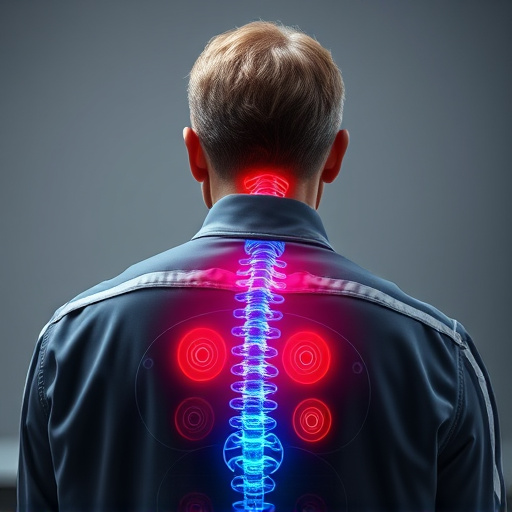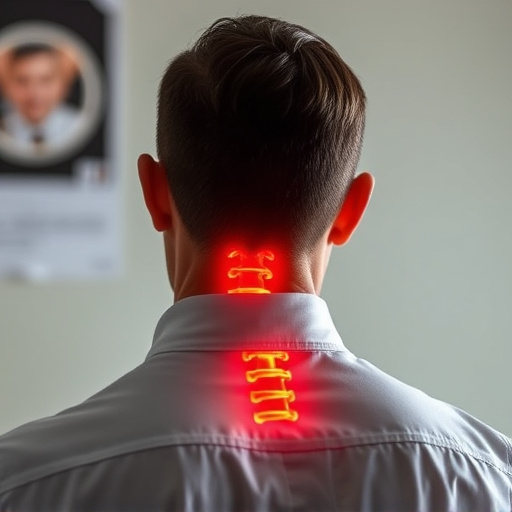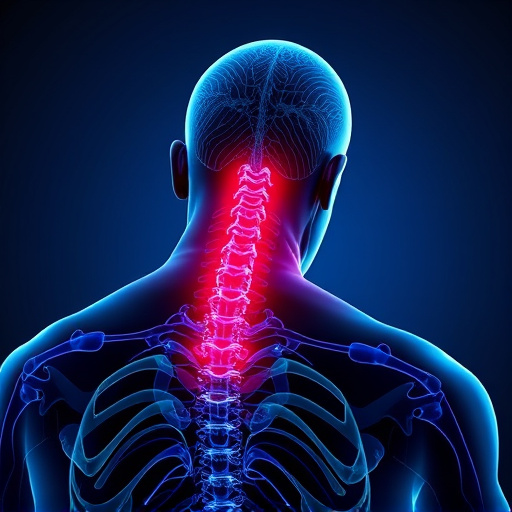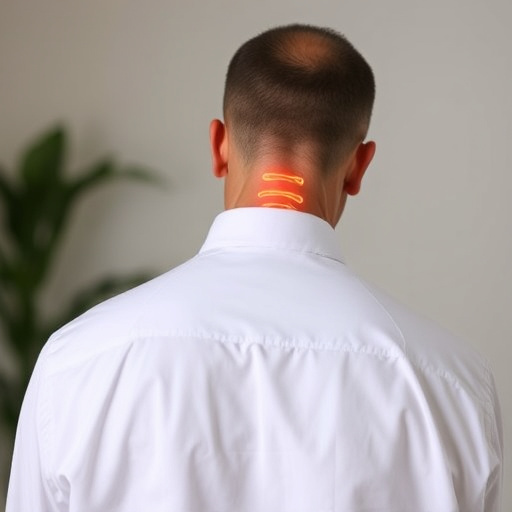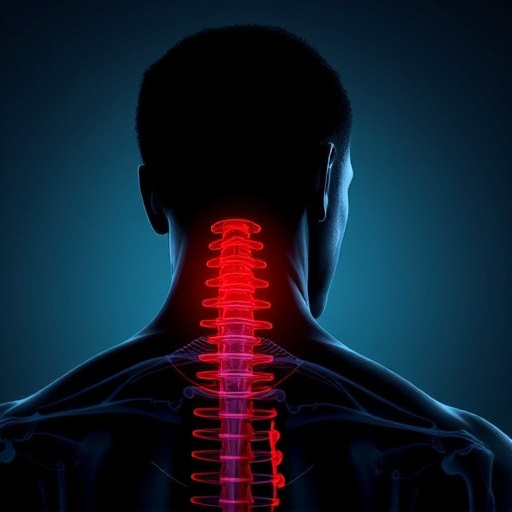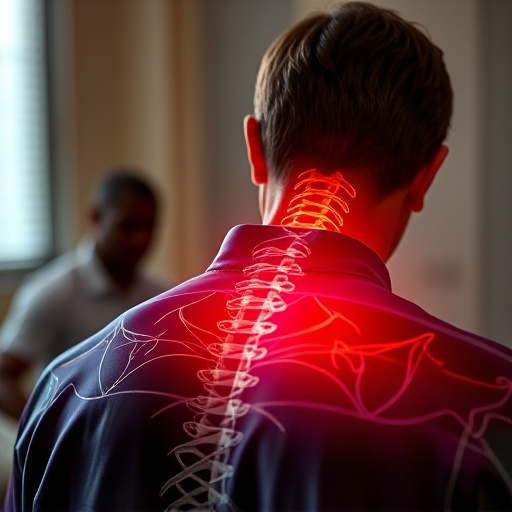Workers compensation injury care is a vital system designed to support employees who sustain work-related injuries, focusing on prompt medical attention, rehabilitation, and financial assistance. A key component, vertebral realignment therapy, utilizes manual adjustments and advanced technologies to correct spinal misalignments, offering significant pain relief and faster recovery times for conditions like herniated discs or compressed nerves. Early intervention through this non-surgical approach not only accelerates healing but also facilitates a quicker return to work, reducing long-term disability and financial strain. Ultimately, efficient workers compensation injury care improves job satisfaction, enhances productivity, and contributes to a healthier workforce.
“Vertebral misalignments, often overlooked yet significant, can profoundly impact worker’s compensation injury care. This article delves into the complex relationship between spinal alignment and pain relief for injured workers. We explore the causes of these misalignments in workplace settings, dissecting various techniques employed for corrective realignment.
From understanding the effects on compensation claims to highlighting successful interventions through real-life case studies, this guide emphasizes the benefits of timely realignment for optimal worker’s compensation injury care.”
- Understanding Vertebral Misalignment and Its Impact on Workers Compensation Claims
- The Role of Corrective Realignment in Pain Management for Injured Workers
- Common Causes of Vertebral Misalignments in the Workplace
- Techniques Used for Corrective Realignment: A Comprehensive Overview
- Benefits of Timely Intervention for Workers' Compensation Injury Care
- Success Stories and Case Studies: Real-Life Improvements Through Vertebral Realignment
Understanding Vertebral Misalignment and Its Impact on Workers Compensation Claims
The Role of Corrective Realignment in Pain Management for Injured Workers

For injured workers seeking pain relief and recovery, corrective realignment of vertebrae can play a pivotal role in their journey towards healing and improved mobility. This specialized treatment is particularly relevant for those suffering from spinal misalignments or injuries that impact the nervous system, often leading to chronic pain and reduced functionality. By accurately realigning the vertebrae, healthcare professionals aim to alleviate pressure on nerves, restore proper spinal alignment, and ultimately provide much-needed relief for workers compensation injury care.
Corrective realignment techniques are designed to address underlying structural issues, which can be significant contributors to persistent pain. Through manual manipulation or advanced technology, practitioners correct spinal abnormalities, offering a more natural and conservative approach to pain management compared to surgical interventions. This non-invasive method is especially beneficial for workers’ compensation injury cases, as it promotes faster recovery times and reduces the risk of complications, ensuring employees can return to their job duties more efficiently while minimizing long-term rehabilitation needs.
Common Causes of Vertebral Misalignments in the Workplace
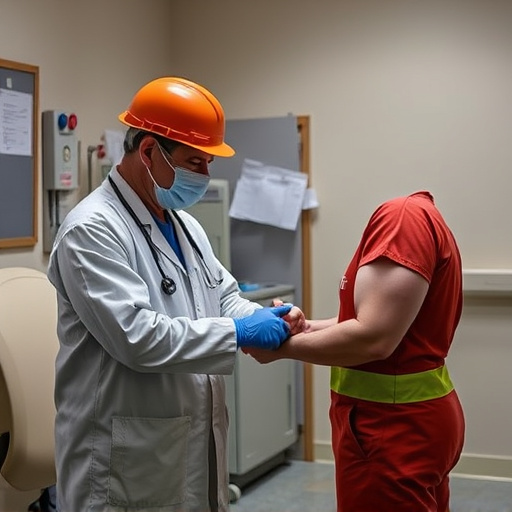
Techniques Used for Corrective Realignment: A Comprehensive Overview

The corrective realignment of vertebrae involves a range of specialized techniques aimed at alleviating pain and restoring spinal function, often as part of workers compensation injury care. These methods include manual adjustments performed by trained chiropractors or physiotherapists, who use their expertise to carefully manipulate the spine. Such adjustments can realign misaligned vertebrae, reducing pressure on nerve roots and promoting healing.
Advanced technologies also play a role in this process. For example, some practitioners employ precision instruments like spinal manipulators or electric stimulation to assist with adjustments. Additionally, imaging techniques such as X-ray or MRI scans help in accurately identifying the affected areas, ensuring safe and effective realignment. These comprehensive approaches cater to various conditions, providing relief for chronic pain, postural imbalances, and injuries related to workplace incidents.
Benefits of Timely Intervention for Workers' Compensation Injury Care

Early intervention is crucial in workers’ compensation injury care, especially when it comes to corrective realignment of vertebrae for pain relief. Prompt treatment can significantly enhance the outcomes for injured workers. By addressing vertebral misalignments promptly, healthcare professionals can reduce prolonged pain and disability associated with work-related injuries. Timely intervention allows for more effective management of conditions like herniated discs, spinal stenosis, or compression nerves, which are common in workers’ compensation cases.
This proactive approach not only accelerates the healing process but also prevents further deterioration. It enables workers to return to their jobs sooner and reduces the financial burden associated with prolonged absence and medical treatments. Efficient workers’ compensation injury care through corrective realignment can foster a healthier workforce and enhance overall job satisfaction, ultimately contributing to a more productive work environment.
Success Stories and Case Studies: Real-Life Improvements Through Vertebral Realignment

Vertebral realignment has helped countless individuals find relief from chronic pain, particularly those suffering from work-related injuries. Many success stories and case studies highlight the significant improvements achieved through this non-surgical procedure. For instance, a worker who sustained a back injury on the job, leading to reduced mobility and intense pain, experienced remarkable results after undergoing vertebral realignment therapy. This treatment not only alleviated their symptoms but also accelerated their recovery time, enabling them to return to work sooner than expected.
Another compelling case involves a patient with a history of multiple injuries, including a herniated disc and chronic neck pain. The traditional treatments had provided only temporary relief. However, vertebral realignment therapy offered a game-changer, addressing the underlying misalignments and reducing inflammation. As a result, the patient reported substantial improvements in their quality of life, experiencing better sleep, increased mobility, and a significant decrease in pain levels, making it an effective solution for workers compensation injury care.




